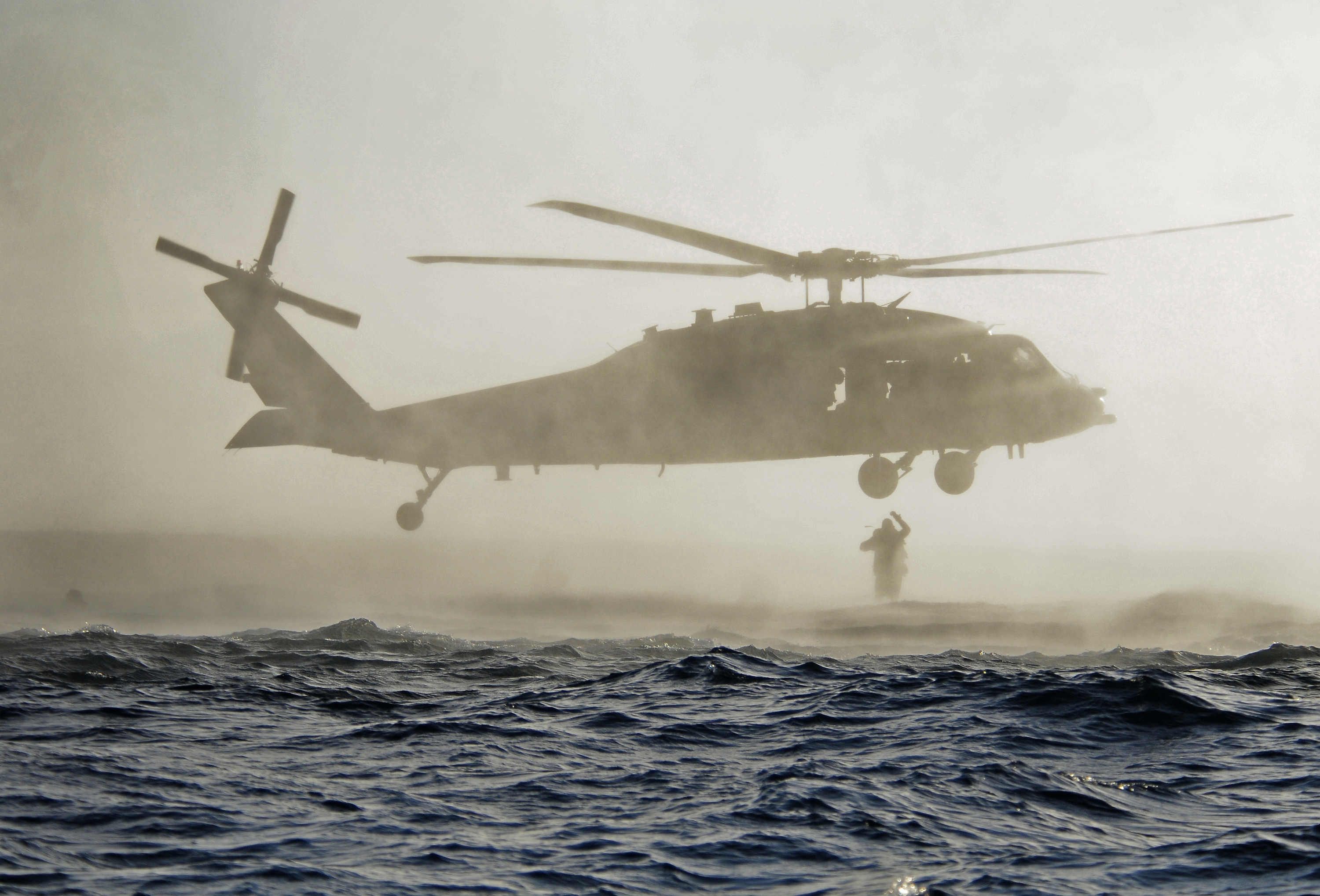Since 12 Marines vanished after a deadly helicopter crash and were subsequently declared dead, the military community has been grasping at straws to figure out how this tragedy came to be. Was it an accident? A malfunction? Foul play?
The Marine Corps recently released a detail that may or may not be relevant to this investigation. The victims’ helicopter squadron leader, Lt. Col. Edward Pavelka, was fired from his position only a few days before the crash.
Pavelka as booted from his position as helicopter squadron leader on Jan. 11, but two aircraft from his very squadron collided off the coast of Oahu on Jan. 14.
The Marine Corps has been cagey about the cause of Pavelka’s firing,
“The relief of a commander is never an easy decision; however, the commanding general decided this action was in the best interest of the Marines and sailors of Marine Heavy Helicopter Squadron 463 and the Marine Corps,” the service said in a statement.
It is plausible that the absence of Pavelka’s leadership had shaken the helicopter squadron and threw them off their game right before a dangerous military exercise. Or maybe it was because of Pavelka’s leadership that the squadron was ill-prepared for the nighttime training session that resulted in their deaths.
However, Pavelka’s potential involvement in one helicopter crash doesn’t change the fact that such crashes have increased threefold in the last year. Stars and Stripes reported that twelve crashed resulted in the deaths of 30 service members in 2015 alone. This isn’t even counting the 12 declared death within the first month of 2016.
Experts suggest that budgte cuts are causing helicopter squadrons to be sent on missions without the proper training, equipment or aircraft maintenance
“The reality is flying is a perishable skill,” Retired Cmdr. Chris Harmer said to Stars and Stripes. The type of flying that the helicopter units train for “is highly calibrated and coordinated. If you lose currency it is extremely difficult and dangerous to regain it.”




































